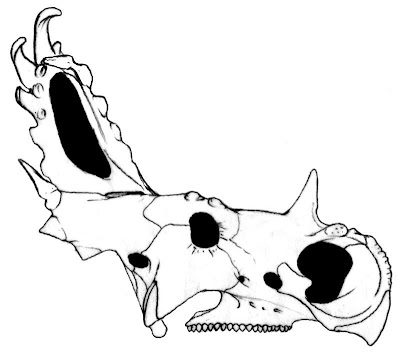 |
| Koreanosaurus boseongensis
Huh, Lee, Kim, Lim & Godefroit, 2011
|
Abstract
The Seonso Conglomerate (?Santonian – Campanian, Late Cretacous) of Boseong site 5 (southern coast of Korean Peninsula) has yielded well-preserved postcranial material belonging to a new taxon of ornithischian dinosaur, Koreanosaurus boseongensis nov. gen., nov. sp. This dinosaur is characterized by elongated neck vertebrae, very long and massive scapulocoracoid and humerus, proportionally short hindlimbs with a low hindlimb ratio for tibia/femur, and anteroposteriorly-elongated femoral head forming an obtuse 135° angle with the femoral shaft. Koreano saurus displays a series of neornithischian synapomorphies. Amongst Neornithischia, most features of the postcranial skeleton suggest affinities with basal ornithopods and, amongst them, particularly with a small clade formed by three genera from the Cretaceous of Montana: Zephyrosaurus schaffi, Orodromeus makelai, and Oryctodromeus cubicularis. According to the morphological, phylogenetic, sedimentological, and taphonomic data at hand, it is tentatively postulated that Koreanosaurus was a burrowing dinosaur, like Oryctodromeus.
Key words: Boseong, Korea, Late Cretaceous, Koreanosaurus boseongensis nov. gen., nov. sp., dinosaurs, basal ornithopods

Min Huh, Dae-Gil Lee, Jung-Kyun Kim, Jong-Deock Lim, Pascal Godefroit. 2011. "A new basal ornithopod dinosaur from the Upper Cretaceous of South Korea". Neues Jahrbuch für Geologie und Palaeontologie, Abhandlungen. 259 (1): 1–24. doi:10.1127/0077-7749/2010/0102.



















